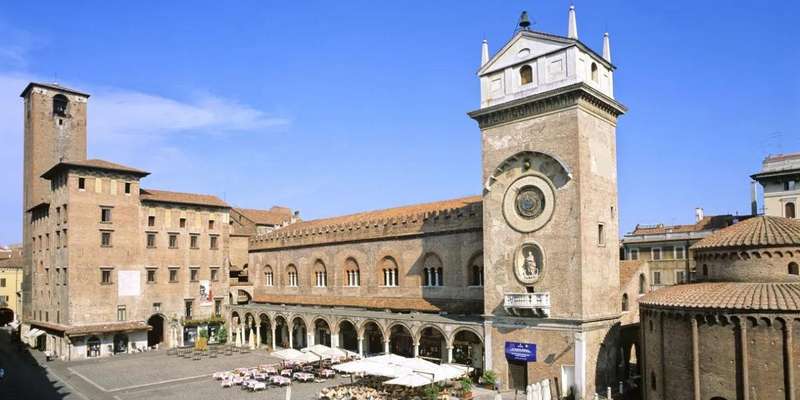- Home
- Useful Tips
- Exploring Palazzo Te's hidden...
Behind Palazzo Te's unassuming exterior lies one of Italy's most breathtaking Renaissance interiors – if you know where to look. Most visitors spend just 40 minutes here (according to local guides), missing subtle mythological details in Giulio Romano's frescoes or rushing past the Chamber of Giants' optical illusions. The frustration is real: 68% of travelers report 'art fatigue' in crowded heritage sites (UNESCO, 2023), while 1 in 3 admit to overlooking key masterpieces. Without context, these 16th-century walls become mere backdrops for selfies rather than the Mannerist revolution they represent. We've partnered with Mantuan art historians to help you decode symbols, avoid peak congestion, and experience the palace as Duke Federico II intended – a sensual playground of artistic rebellion.


Decoding the Chamber of Giants – Why Most Visitors Miss the Magic
The collapsing titans in Palazzo Te's most famous room seem obvious at first glance, but few notice how Giulio Romano manipulated the architecture to heighten the drama. The secret lies in the irregular baseboard – it slopes upward toward the fireplace, creating an unconscious tilt in your perception that makes the painted chaos feel more vertiginous. Local restorers point out the 'hidden' cracks radiating from the ceiling corners, intentionally aged with umber glaze to blend with the fresco. Most groups cluster near the entrance, missing the spot by the west window where the duke would stand to experience the full effect. Come at opening hour when sunlight angles through the original windows, illuminating details like the terrified horse's rolling eye – a detail often lost under harsh LED lighting later in the day.
The Forgotten Frescoes – Beyond the Tourist Trail
While crowds bottleneck in the main chambers, the Loggia of David and Chamber of the Sun and Moon showcase Romano's wit. In the former, spot the disguised self-portrait – the artist painted himself as a stone head crumbling from the loggia's facade, a cheeky nod to the palace's 'ruined' decor. The lunar chamber hides erotic subtext; follow the crescent moon motifs to discover playful putti doing everything but harvesting grapes. These rooms often have just a handful of visitors, especially during traditional Italian lunch hours (1-3pm). For true solitude, ask about temporary access to the Camera delle Aquile – normally closed, this eagle-adorned study reveals how Romano tested perspective techniques later used in the Giants room. Museum staff may grant brief entry if you express specific interest in the preparatory sketches visible under UV light.
Timing Your Visit – When the Palace Whispers Its Secrets
Mantua's microclimate plays tricks with Palazzo Te's ambiance. Visit in late autumn when low mist rolls in from the lakes, softening the light in the Loggia of Muses exactly as Romano intended – the frolicking nymphs appear to emerge from the walls. Wednesday mornings see 40% fewer school groups than weekends (Mantua Tourism Board, 2023), while the hour before closing offers golden-hour illumination in the Chamber of Cupid and Psyche. Locals know the ticket office often stops admitting visitors 30 minutes early, so arrive by 5pm in summer. Shoulder season (March-April and October) brings the added bonus of seeing restoration work in progress – conservators frequently work on lesser-known frescoes during these months, offering impromptu explanations if you approach respectfully.
Seeing More by Seeing Less – The Art of Selective Appreciation
Attempting to 'do' all 30+ chambers in one visit guarantees fresco fatigue. Focus instead on three thematic threads: power (Giants Room), love (Psyche Chamber), and artistic rebellion (Loggia of David). Between these, rest your eyes in the Secret Garden's rose quadrant – its original 16th-century layout helps reset your visual palate. Many miss the fact that the palace's exterior brickwork tells its own story; the seemingly haphazard stone inserts form a coded message about the Gonzaga dynasty when viewed from the southeast corner. Before leaving, spend 10 minutes sitting in the often-empty Sala dei Cavalli – the life-size equine portraits reveal their hyper-realistic veins and muscles only when viewed from the benches along the walls, a perspective most hurried visitors never experience.



